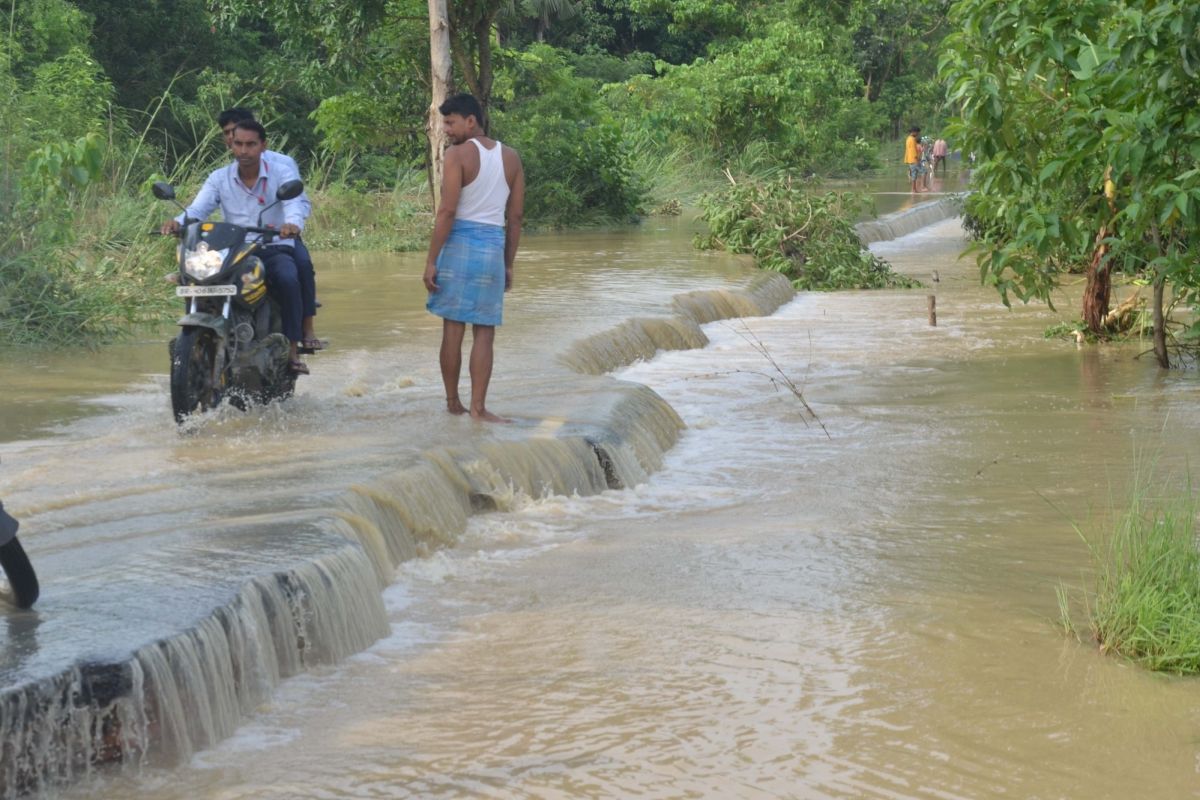India to buy 1,650 tonnes of onions for export to Bangladesh
The exact selling price of onions to Bangladesh by NCEL remains undisclosed, the report said.
Around 300,000 people have been relocated to shelters, but more than four million people are still stranded near their homes in the country’s north-east region.

Bangladesh Floods
Monsoon floods: Monsoon has triggered the worst floods in Bangladesh displacing millions, killing many and swamping vast areas of land damaging habitation, crops, roads and highways.
According to Bangladesh’s Health Emergency Operation Centre and Control Room under the Directorate General of Health Services, around 68 people have been killed in the floods caused by heavy seasonal rains and an onrush of water in parts of coastal Bangladesh.
According to the authorities majority of the victims drowned, but some died from snake bites and lightning in flood-damaged areas between May 17 and June 23. 24 deaths and 645 infections had been reported in the previous 24 hours.
Advertisement
The floods have wreaked havoc in the north and north-eastern parts of the country – Mymensingh and Sylhet regions; wide areas of land have submerged in these regions.
Rainwater cascading down from the surrounding hills of India’s Meghalaya state, including some of the world’s wettest areas like Mawsynram and Cherrapunji, which each received more than 970mm (38 inches) of rain on Sunday, has also exacerbated the crisis in Bangladesh.
Bangladeshi troops navigated through brackish floodwaters on Tuesday to rescue those in need or deliver food and water to some of the 9.5 million people stranded.
Around 300,000 people have been relocated to shelters, but more than four million people are still stranded near their homes in the country’s north-east region. Bangladesh Prime Minister Sheikh Hasina flew over flood-ravaged areas, met local authorities and devised plans to provide humanitarian aid to those in need.
Due to the flood, the availability of drinking water has been reduced significantly and there is a significant rise in the cases of water-borne in the country.
According to Atiqul Haque, director-general of the Department of Disaster Management, nearly 2,000 rescue teams were attempting to reach flood victims in 17 of the country’s 64 districts and provide them with water and other supplies on Thursday.
“With the flood waters receding, there is a possibility of an epidemic,” he added. We are concerned about the spread of waterborne diseases if clean water is not provided soon.” “Our top priority is to ensure the availability of safe drinking water.”
The floods have infected over 3,400 people with various waterborne diseases since June 18, according to the Directorate General of Health Services (DGHS).
Bangladesh is generally viewed as one of the world’s most climate-vulnerable countries, with the World Bank Institute estimating that approximately 3.5 million Bangladeshis are at risk of river flooding each year in a 2015 study. Floods also pose a threat to the country’s agriculture, infrastructure, and clean water supply.
Monsoon patterns have shifted in recent decades, as Bangladesh’s average temperature has risen by at least 0.5 degrees Celsius since 1976.
Advertisement